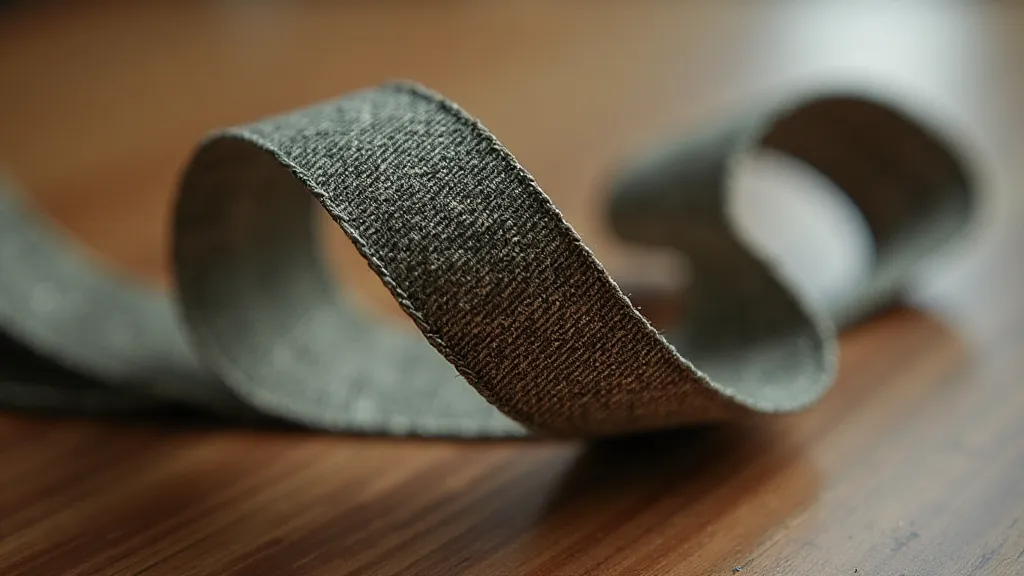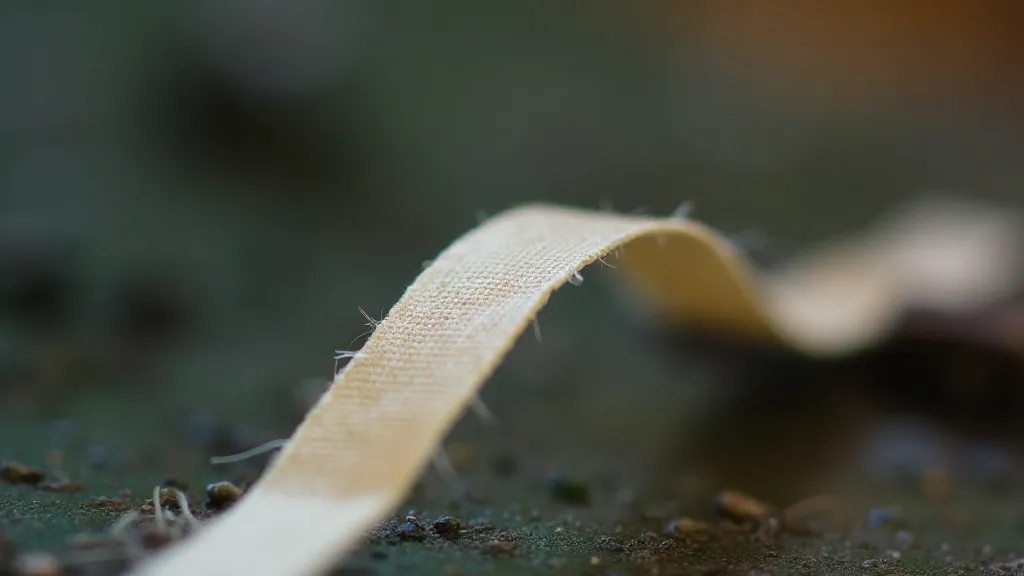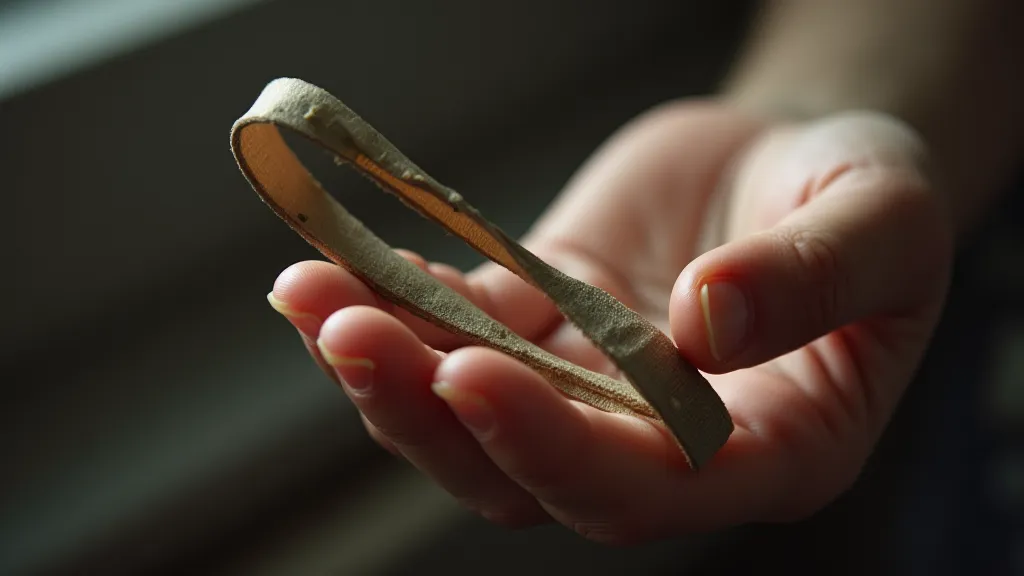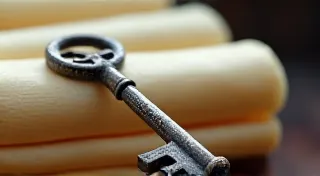The Silent Witness: How Ribbon Degradation Reveals Writing Habits
There's a profound silence to an antique typewriter ribbon, a silence that isn’s merely the absence of sound, but a quiet testament to stories told, letters sent, and moments captured. As a collector and restorer, I’m often asked about identifying these ribbons – the manufacturers, the colors, the compatibility with different machines. But the most fascinating aspect isn't just *what* a ribbon is, but *what it remembers*. The way a ribbon degrades isn't random. It’s a silent witness to the user's habits, a tangible record of their interactions with the machine.
Imagine, for a moment, the world before the instant communication we take for granted. News traveled at the speed of a train, a letter was a precious connection, and the clatter of a typewriter was the sound of creation, of business, of life being lived. Each ribbon represented a limited supply of impressions, a finite resource demanding careful use. The quality of the ink, the thickness of the fabric – these were all factors considered, just as we consider the right paper for a cherished photograph today.
My grandfather, a meticulous accountant, owned a Smith Corona Silent. I remember, as a child, being captivated by the machine, its smooth action, and the inky smell that clung to the air. He kept his ribbons, carefully coiled and stored in a cedar chest. When I inherited them after he passed, I felt a direct link to his life, a connection forged through these fragile bands of inked fabric. Examining them now, decades later, reveals so much more than just color and manufacturer.

The Spectrum of Degradation: Telling Tales Through Fading
The first clue lies in the fading. Ribbons don’t simply fade evenly. The areas that received the most pressure—the areas that struck the platen most forcefully—fade more rapidly. If you see a band of lighter ink running down the center of the ribbon, it likely indicates the user pressed firmly and consistently while typing. This isn’t just about typing speed; it's about the level of focus and the intensity with which the user engaged with the machine. A hurried, frantic letter will show a different pattern than a carefully composed manuscript.
Colors also tell stories. Most early typewriter ribbons were dyed, not pigmented, meaning the color was absorbed into the fabric rather than sitting on the surface. This makes them inherently less resistant to light and oxidation. Deep blacks often turn a mottled grey, while rich blues can shift to a dusty lavender. Some ribbons, particularly those used in humid climates, might show signs of mold or mildew, leaving faint, greenish stains – a testament to the environment they were stored in. The type of ink used also plays a role. Early inks were often made from natural dyes derived from berries and plants, making them susceptible to a wider range of chemical reactions over time.
Frequency of Use: The Echo of the Keys
The degree of wear offers another layer of insight. A ribbon used sparingly for occasional correspondence might show minimal degradation, the ink still relatively vibrant, the fabric taut and resilient. A ribbon that was a workhorse, used daily for lengthy documents, will display more obvious signs of distress. The fabric might be stretched, the ink patchy, the edges frayed. This isn't just about how *much* was typed; it's about the rhythm of the typing. Consistent use, even at a moderate pace, can be more damaging than sporadic bursts of intense activity.
I once acquired a ribbon, a deep crimson, from an estate sale. The fabric was heavily distorted, almost resembling a crumpled piece of cloth. The edges were brittle, and the ink had bled significantly. It was clear that this ribbon had been subjected to extreme conditions – perhaps stored in direct sunlight or exposed to excessive heat. Combined with the dramatic fading pattern, it suggested a user who may have been under considerable stress, perhaps working in a challenging environment.
The condition of the ribbon’s ends provides valuable insight too. Clean cuts indicate careful handling, while ragged, torn ends suggest a more hurried or careless approach. Sometimes, you might even find remnants of paper fibers clinging to the ribbon—tiny clues to the kinds of documents that were produced.

Craftsmanship and the Rise of Synthetic Fabrics
Early typewriter ribbons were primarily made of silk or cotton, materials that imparted a certain elegance and durability, though they were also more susceptible to moisture and damage. As technology advanced, synthetic fabrics like rayon and nylon were introduced, offering greater resistance to fading and wear. These synthetic ribbons often display a more uniform appearance, lacking the subtle variations in texture and color characteristic of natural silk ribbons. Identifying the material of a ribbon can be tricky, but experience, combined with a close examination of the weave and feel, can often provide clues. Knowing the manufacturing dates of different typewriter models helps too; a ribbon found in a 1930s Underwood likely won’t be nylon.
The shift from natural to synthetic materials reflects broader changes in manufacturing processes and consumer expectations. The desire for greater efficiency and uniformity ultimately altered the character of these humble writing tools, though even the most modern synthetic ribbons retain a connection to the past—a tangible link to the moments they helped create.
Collecting, Restoring, and Remembering
Collecting antique typewriter ribbons isn't just about acquiring objects; it’s about preserving fragments of history, about connecting with the people who used these machines, and about appreciating the craftsmanship that went into their creation. Restoring a typewriter often involves finding a compatible ribbon, but it's more than just about functionality. It's about recreating the original look and feel, about honoring the machine's heritage.
Every ribbon I examine tells a story, a silent narrative of a life lived, a work completed, a connection made. It’s a humbling experience, a reminder that even the most seemingly insignificant objects can hold profound meaning. The next time you hold an antique typewriter ribbon, take a moment to consider its journey, its purpose, and the stories it holds within its fragile, inked fabric. You might be surprised by what you discover.






